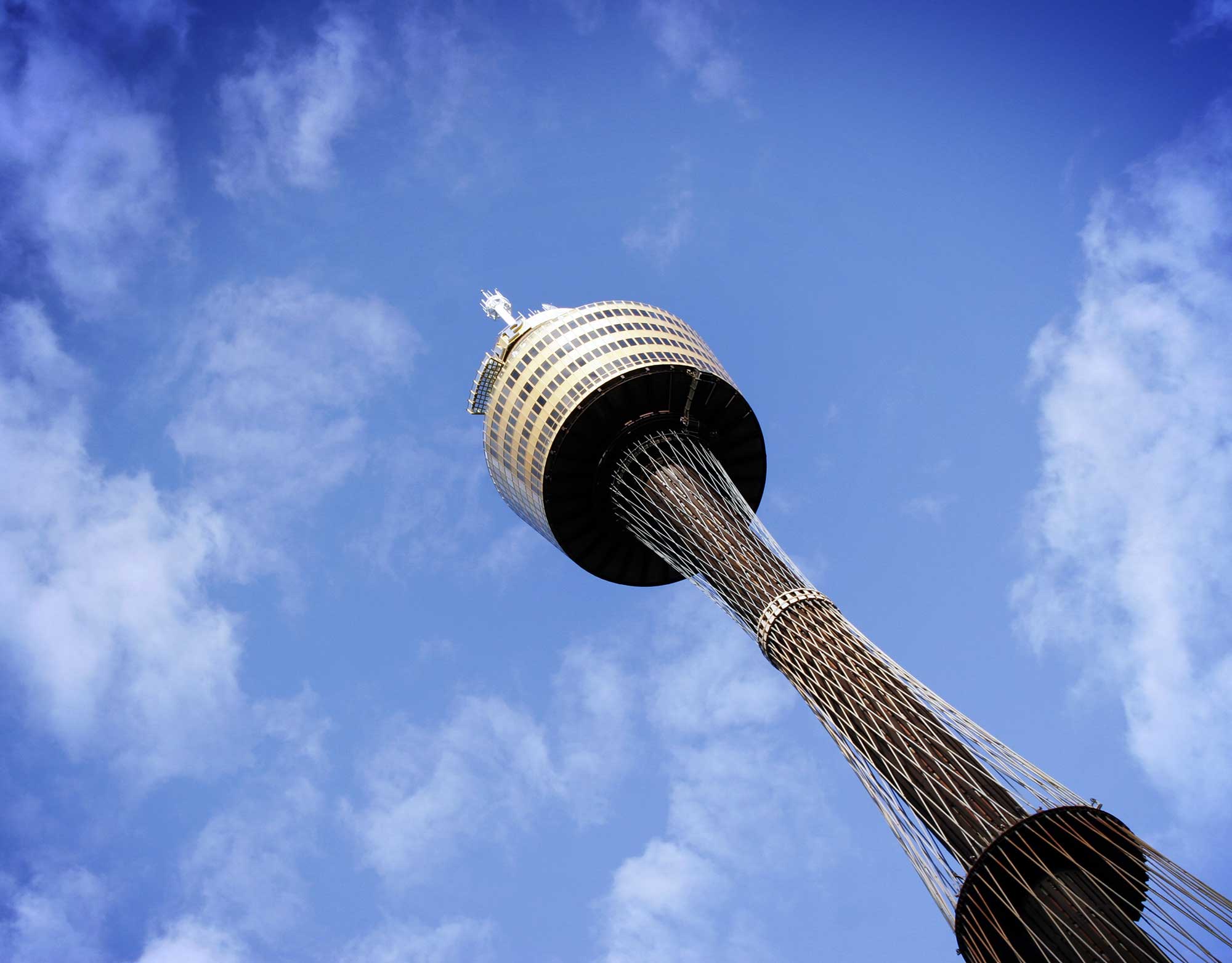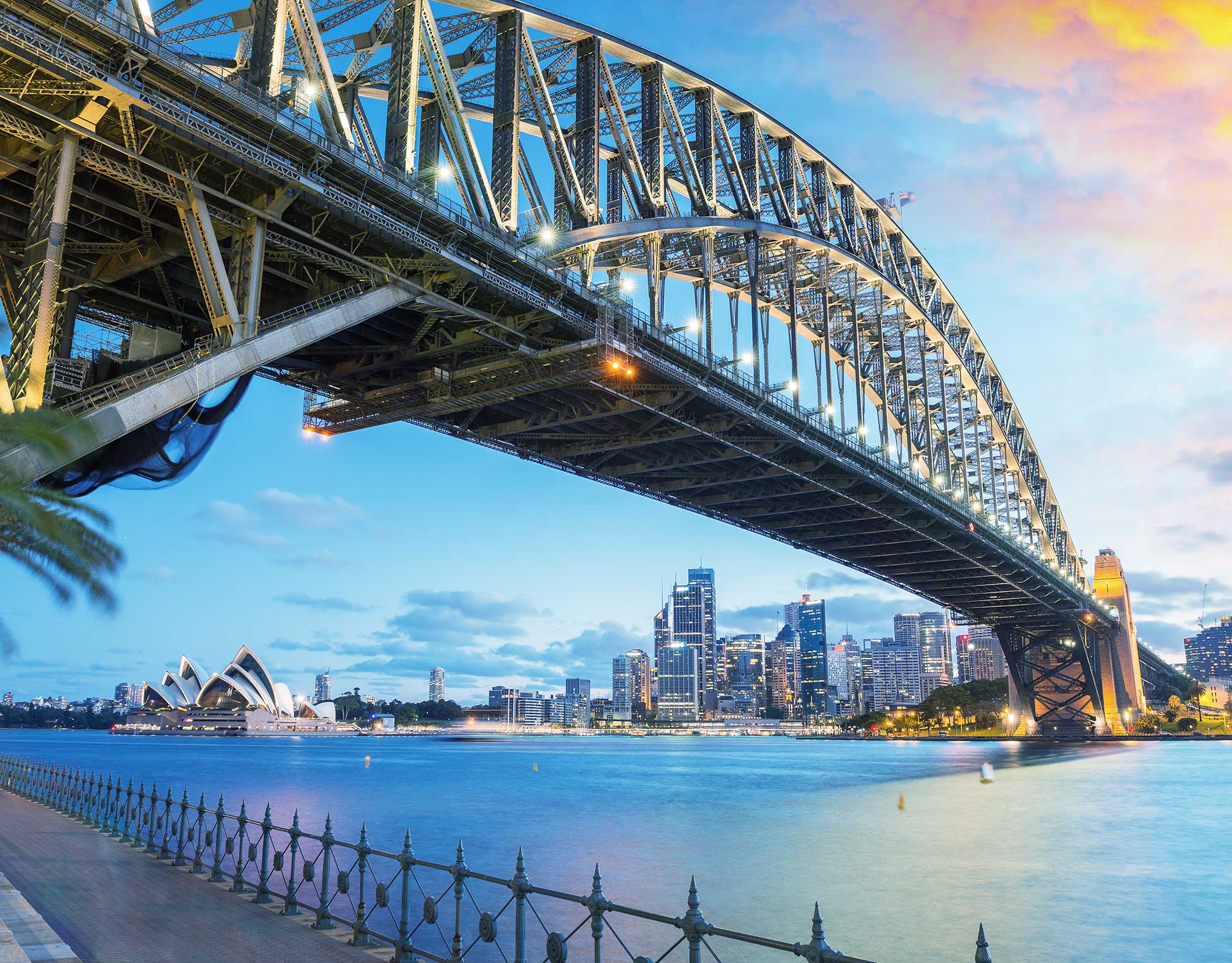Darling Harbour Sydney – a buzzing and vibrant waterside landmark
Is there anything better than grabbing a bite to eat with a beautiful waterside view to look out on? We don’t think so, which is why we’d recommend hopping off at Darling Harbour. This hive of activity is filled with bars and restaurants, not to mention some great shops and attractions like the National Maritime Museum Sea Life Sydney aquarium and Madame Tussauds, both of which you can visit with a Merlin Combination Ticket.
There has been human settlement here for centuries, and the coastal Eora people used to catch seafood and trade here. The shoreline used to be covered in oyster shells, which is why the nearby cove is called Cockle Bay. It’s changed a lot since those days.
Hungry Mile
Darling Harbour is packed with world-class eateries and great shops today, but it wasn’t always like this. The eastern part of the harbour was once known as ‘The Hungry Mile’. During the Great Depression, waterside workers and dockers would line up along the wharves looking for any work they could get.
The year 2000
The harbour really came into its own after the Sydney 2000 Olympic Games. The city invested a lot of time and money into the harbour to make it a world-class destination. In fact, various centres at the harbour hosted sports during the Olympic Games, including volleyball, judo and weightlifting.
Other interesting facts about Darling Harbour
- The Eora people used the harbour for food and transport, and called it ‘Tumbalong’, which means a place where seafood is found
- Queen Elizabeth II formally opened Darling Harbour in 1988
- The harbour is named after Lieutenant-General Ralph Darling, Governor of New South Wales from 1825 to 1831
- Darling Harbour’s Madame Tussauds here was the 13th to open in the world






